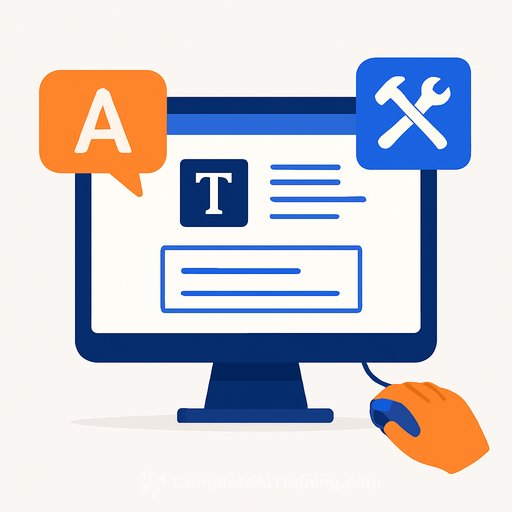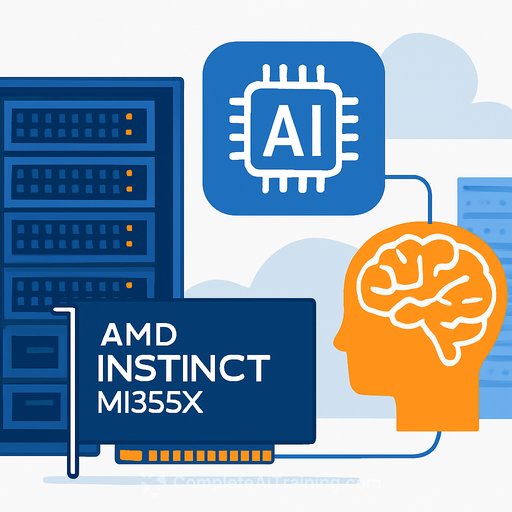Decentralized compute networks can democratize global AI access
AI progress is accelerating, but access is skewed. Most private AI leaders sit in developed markets, while teams elsewhere face hard limits on compute and capital. If we keep building on centralized rails, we entrench a narrow set of perspectives and throttle global participation.
The fix is clear: broaden access to compute. Decentralized networks make that possible without asking builders to compromise on performance or reliability.
The imbalance in AI access
Training and deploying modern models demand high-end GPUs. Supply lags demand, pushing hardware like the Nvidia H100 into five-figure territory per unit. For most startups and research labs, 60-80% of budget can vanish into compute before talent or data even enter the equation.
Well-funded incumbents can afford the lock-in. Everyone else is priced out or forced into narrow workloads. That stifles local solutions in areas like agriculture, education, and public health, where context matters and models need region-specific data.
The risks of concentrated AI
When compute clusters in a few countries and vendors, so does influence. Model priorities, safety choices, and data curation reflect limited viewpoints, embedding bias at scale. The result is an uneven market where returns flow to incumbents and smaller teams struggle to compete.
There's also a sovereignty angle. Nations without local compute must import it, tying strategy to foreign energy, real estate, and policy. That dependency has economic and security consequences.
Decentralized compute marketplaces
Decentralized compute networks turn idle or underused hardware into a liquid market. Think spare GPUs in data centers, labs, enterprises, and edge devices aggregated into a single pool. Buyers get lower prices and choice; suppliers get new revenue without disrupting their core work.
This creates a flexible supply curve. As more providers list capacity, prices stabilize and burst workloads become viable for teams that previously couldn't afford them.
Why blockchain matters
Coordination at this scale needs incentives and trust that spans borders. Tokens provide settlement, reputation, and performance guarantees without centralized gatekeepers. Providers stake tokens to signal reliability; downtime or poor performance can be penalized.
Developers pay in tokens for predictable settlement across jurisdictions. Providers earn based on actual usage, with transparent accounting and programmatic payouts. The more participants join, the more liquid and cost-effective the market becomes.
If you want a primer on how decentralized physical infrastructure networks (DePIN) align incentives between supply and demand, this overview from a16z is useful: DePIN's virtuous cycle.
Performance is competitive
The common objection is latency and quality. In practice, mature networks use smart workload routing, mesh networking, and incentive mechanisms for high availability. GPU classes are discoverable, so training, fine-tuning, and inference can be scheduled to the right hardware tier.
Transparent network explorers now expose live performance, capacity, and uptime, helping teams verify claims before committing spend. For many workloads, this matches or exceeds traditional providers on throughput and cost.
What to evaluate before you deploy
- Workload fit: batch training, fine-tuning, RLHF, batch inference, real-time inference, or edge jobs.
- Hardware: GPU class (A100/H100/MI300 and equivalents), VRAM, NVLink, tensor cores, GPU density per node.
- Latency and throughput: p95/p99 latency targets, concurrency limits, and interconnect bandwidth.
- Reliability: historical uptime, staking requirements, slashing rules, and rebalancing behavior on node failure.
- Data governance: data locality options, encryption at rest/in flight, snapshot policies, optional TEEs.
- Tooling: Docker support, SSH/Jupyter access, PyTorch/TF/TensorRT versions, CUDA drivers, observability APIs.
- Cost model: on-demand vs reserved, spot capacity, egress fees, autoscaling thresholds, and budget caps.
- Settlement risk: token volatility hedges, stable payment options, and invoicing/reporting for finance.
- Compliance: audit logs, access controls, and SOC/ISO attestations where required.
Practical rollout plan
- Pilot (Week 1-2): containerize a single training or batch inference job; run side-by-side with your current provider; compare cost per token, throughput, and failure recovery.
- Expand (Week 3-6): split 20-40% of non-latency-sensitive workloads; set budget and latency SLOs; enable autoscaling with caps.
- Harden (Week 7+): add multi-region capacity, failover policies, secrets management, and observability alerts; negotiate reserved blocks for predictable spend.
Who benefits most right now
- Teams priced out of H100 clusters but able to schedule flexible training windows.
- Builders shipping domain-specific models (local languages, healthcare, finance) that need steady but affordable compute.
- Enterprises with underused GPUs seeking new revenue without disrupting production.
The payoff: a level field for AI builders
Decentralized compute expands supply, reduces cost, and invites more builders into the market. That means more diverse models, better local solutions, and less dependency on a handful of vendors and regions. The sooner we broaden access to compute, the faster we get useful AI into real problems everywhere.
If you're upskilling your team for distributed training, orchestration, or MLOps, browse focused learning paths by role here: Complete AI Training - Courses by job.
Your membership also unlocks:






